Internal solutions have the aim of helping people accomplish more with their work, but what happens when the solution becomes a problem?
Enterprises have been haunted by terrible UX design for decades now, and only recently have both managers and employees started to see that there is a better way.
Investing time and care into the choosing or making of the internal software the company uses will pay off, something that most managers are aware of. Now, we have to find out just how you can make sure that your enterprise has a user experience, that is both consistent with the enterprise’s needs and reflects the stands people have grown used to. Sound difficult? That’s cause it ain’t easy to check so many boxes.
But don’t worry! We got a comprehensive guide that should help you, and your company find the path that leads to both improved productivity and happier employees: the final destination being a better enterprise as a whole. Check it out!
Enterprise UX goes beyond just thinking about the user’s needs when designing your product – it also includes changing the way you look at the tools and pieces of software your company uses. It’s seeing past the fact that your employees will always try to adapt in order to keep their job, and recognizing that employees too are the final users of the tools the enterprise uses.

Most employees have been forced to work with tools that have terrible UX – and were just expected to find ways to work around the obstacles of unintuitive interfaces and complex navigation. Enterprise tools do represent a massive challenge to UX designers.
Creating a system that manages to do its job is tough, as large enterprises have complex information and actions that their employees carry out on a daily basis. Add the need for security and safety, and managers who won’t use the software calling the shots – and you got a bad enterprise UX storm on the horizon.

Bad enterprise UX is bad for business. Today, employees are used to the same UX standards that other users of consumer goods enjoy.
These standards can refer to good navigation, logical information architecture, intuitive design and just all-around better UX.
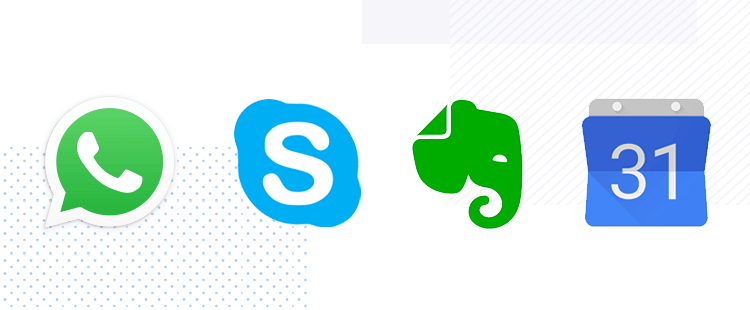
Ignoring these standards can have disastrous consequences, such as what Avon experienced in 2011. In short, salespeople hated the new internal solution so badly that they preferred to walk away from their jobs rather than suffer it everyday.
So, what is there to gain from investing in internal software that enjoy good enterprise UX? You stand to gain not only from a financial point of view, but also on other aspects. Productivity, employee satisfaction, turnover, sales… it all connects to enterprise UX.
After you come to realize just how powerful enterprise UX can be, it’s time to take the next step in ensuring that UX becomes fully integrated into the company: to create a UX design team.
Building an enterprise UX team isn’t just about listing designers and getting them all in the same project. Integrating UX design into the company requires a change in corporate culture – you want communication and usability to be key concerns of employees.

You can select a few people who will form the enterprise UX design team – but it’s crucial that this team is in close contact with the rest of the company. The trick is to create an open environment where any employee, no matter what their department is, can learn about UX should they desire.
Aside from the corporate environment, you have the actual members of the UX team. As you are probably aware, UX design covers several different aspects of the design that may require different professionals. Logically, the size of your enterprise UX design team will depend on your company, resources, products and needs.
It’s generally a good idea to invest in the talents of your staff. Applied to enterprise UX, this philosophy means that the enterprise must understand that one employee may have more than one talent to contribute.
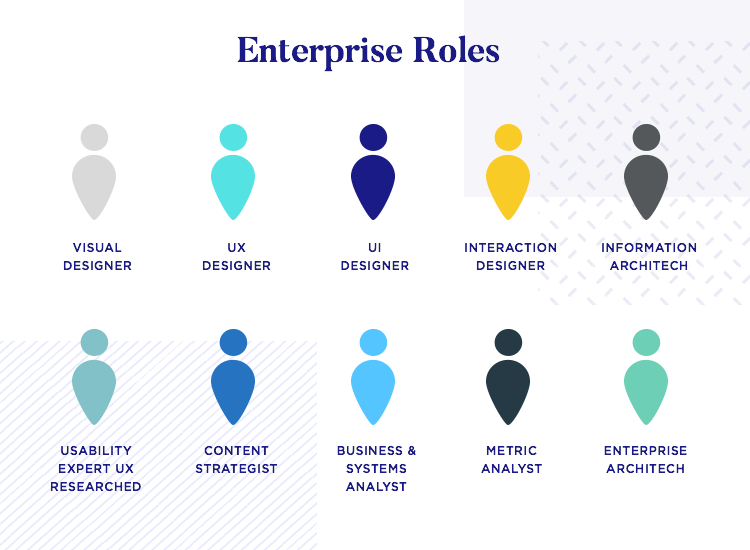
But how do we deal with employees that have more talents to offer? And how does our enterprise UX design team manage itself? Do we need a system that dictates the tasks and time to completion? How do we even know if this framework is suitable for our UX design team?
Quick tip: Read more about how you, too, can build a UX design team that will elevate the entire company. You'll find it all on chapter 2 of this guide!
UX design – for an enterprise or not – is a relatively new concept that touches several lines of work. It’s only logical that UX designers want to be on top of their game, and sometimes developing extra skills can help designers perfect their creations.
UX design is very diverse, and so it’s not rare to find UX designers with a background in other fields – such as psychology, for example. Some skills can be considered key to the success of any UX designer, such as mastering a prototyping tool or two. Others, can have a more subtle set of benefits that will surely not only benefit the designer but the enterprise as a whole.
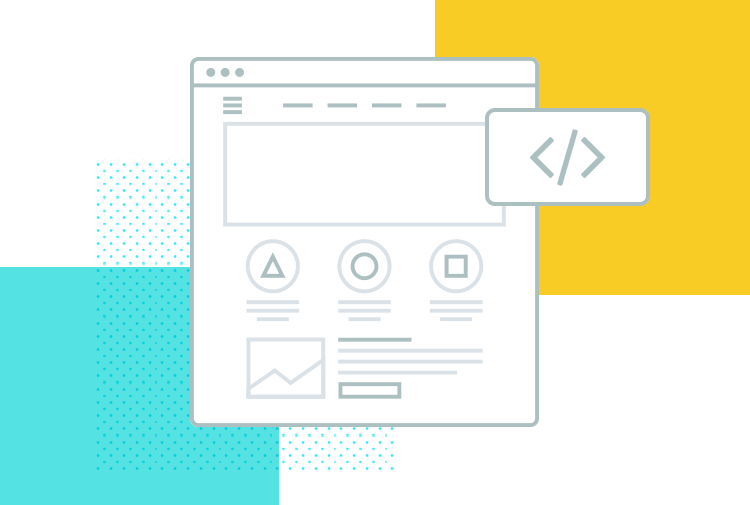
The best example is the eternal debate: should UX designers code? While you can make a case for both sides of the argument, knowing how to code does benefit the design process. Did you know that a report from 2017 found that one third of designers had a background in engineering – which illustrates how the lines between coding and designing are getting blurrier.
Skills for UX designers:
- Information architecture
- Programming
- Social Media
- Psychology
- Business/finance
Quick tip: Checkout all the other skills that your design team must have on chapter 3 of this guide.
Let’s assume you have your enterprise UX team. It’s an increasingly popular initiative by companies to send their employees to UX conferences, and it’s not difficult to see why. This can be a great way to not only get your team on top of the latest trends in design or the latest research methodology, but also to encourage team-building.

Your designers can pick up all sorts of new tricks, and get to know what users have come to expect from other products in the market – which is great news if you want to stay competitive.
Allowing employees to learn about new aspects of UX design that they might not have focused on before is also a win for everyone – having your UI designer take an interest in information architecture is great!
Perhaps sending the entire team to a conference that covers IA ,as well as other design aspects can help this employee expand their knowledge and help them improve their own performance.
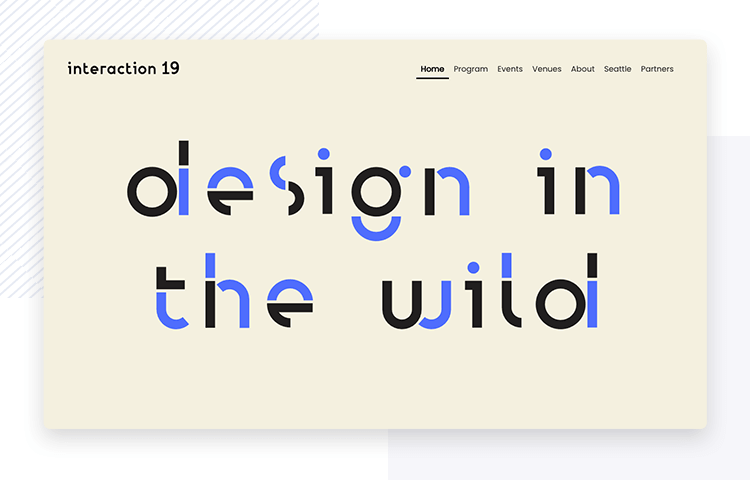
But the additional bonus is also not one to be dismissed – networking is a powerful tool.
And precisely because we know just how important these events are, we here at Justinmind, decided to offer a list of the biggest and most important UX conferences in North America, Latin America, Africa, Europe, Asia and Oceania. Events can cover UX design as a whole and last for several days, or be narrower in their topics and last for one day only. The list has something for everyone!
Note: Sending employees to UX conferences is a great way to encourage them to pick up additional skills. Give your designers an opportunity to expand their knowledge and see what they decide to apply that knowledge to!
An enterprise UX strategy is a complicated matter. It’s a common misperception to simply assume that having a goal already counts as a strategy – but Jaime Levy knows that a simple objective doesn’t cut it. But if creating an enterprise UX strategy is so incredibly difficult, then how do we even start?
We divide and conquer. Don’t start by trying to do everything at once – you want to first ask yourself a few important questions.
Why do you want a strategy? Where are you now? What opportunities are available, given the resources the enterprise has? What resources are we missing to achieve our big-picture goal?

You’ll notice that all the questions above concern your internal environment only – that’s because you want to know exactly where you are, what you have and what you’re missing before setting up any tasks or actions. Once the internal analysis is done, you ought to conduct an external analysis. What’s the competition doing? What is their UX strategy?
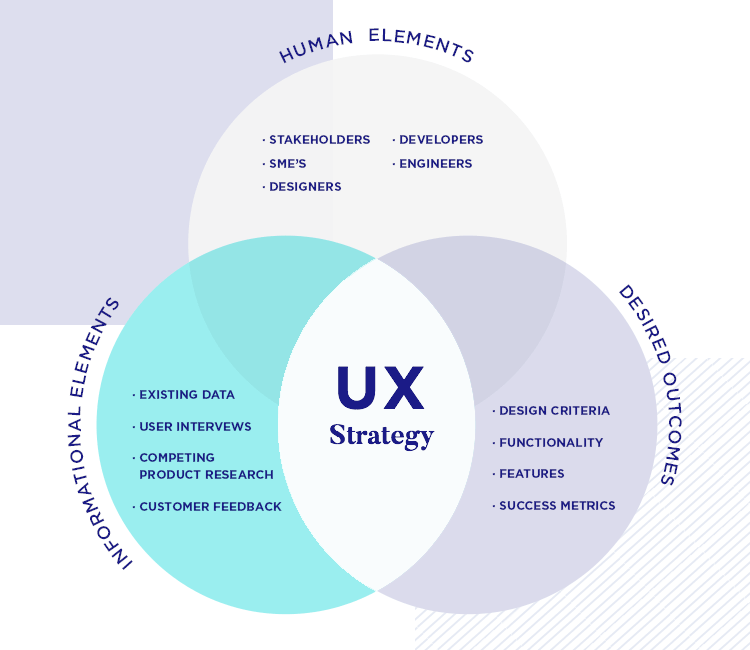
Once you know what you’re dealing with, both at home and in the industry, comes the time to define your goals and KPIs. You want a goal, a destination, so that you and your team set course there. Needless to say, having direction is crucial if you want the actions of the team to have the desired effect – which is to always bring us closer to that goal.
Now that all the pieces are in place, the time comes to take all we’ve learned on this journey and apply it to the real thing: the enterprise software. Sure, the term “enterprise software” can be quite broad but in simple terms, enterprise software is any piece of software that helps people do their job.

Big corporations invest millions of dollars into complicated ERP software from giants, such as SAP because these software are very complex and take a long time to design.
But here’s the problem: even the most complex and technologically advanced enterprise software is worthless if your employees can’t use it properly. The issue might be the navigation, the interface or the microcopy – regardless, if people can’t make the most of the software, it automatically becomes an obstacle rather than a shortcut.
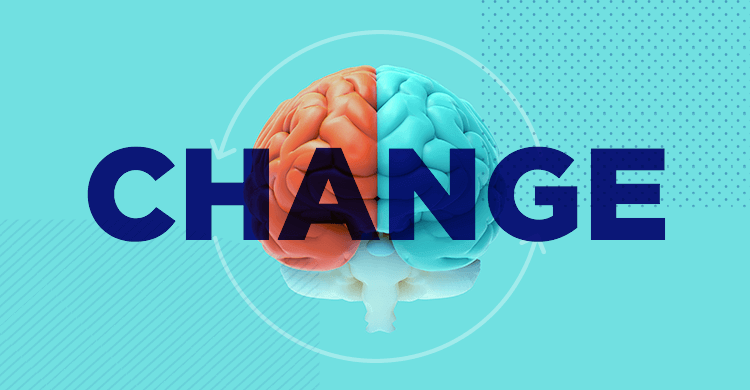
So how to avoid the pitfall? If even giants make the mistake of trying to implement bad UX and suffer the consequences, how can you keep from making the same mistake? It’s as simple as recognizing the connection between consumer goods and enterprise UX: employees are people. People today won’t stand for bad UX – our standards have become high for every piece of software we use. If you can see that, then half the fight is already won!
So how do you reflect that in the way you and your UX design team work on a daily basis? The answer is a well-thought out UX workflow. After all, just telling employees to do work is hardly specific or helpful enough – so instead, you want to establish a certain structure of how business is carried out with the new enterprise software.

Here are the key players in your search for a good enterprise UX workflow: user experience, key users, business analysts and the development team. A good UX workflow will connect these different players, and result in a UX design department that runs smoothly without any major hiccups.
Just like many other things in this guide, establishing a UX workflow isn’t easy. It requires change – something people don’t always welcome with open arms. How do you go about implementing all this? How can you include employees in the design process – much like you would any other user for your consumer products?
While there are still those who consider enterprise design systems to be nothing more than fancy style guides, we take them and their potential benefits very seriously here at Justinmind. Here’s how our own chief designer, Sergi Arevalo, describes design systems.
Cool things about design systems:
- They keep everything in one place
- Ensure consistency throughout the whole product
- Allow for several people to work on the same project simultaneously
- Keep brand identity and style in check for future projects
“A design system... foster(s) better teamwork and help to maintain consistency while speeding up design and development processes. It defines what should be done to create a user experience – its components; and why that should be done – its standards.”
Sergi Arevalo - Chief Designer
In recent years, design systems have been gaining popularity for the same reason that new ways of working, such as Agile management, are all the hype right now: it helps people work faster, better and with much less stress. Have everything established for your enterprise UX team: templates, UI kits, rules, principles – everything a designer would need to create something new that integrates perfectly to the identity of the enterprise.
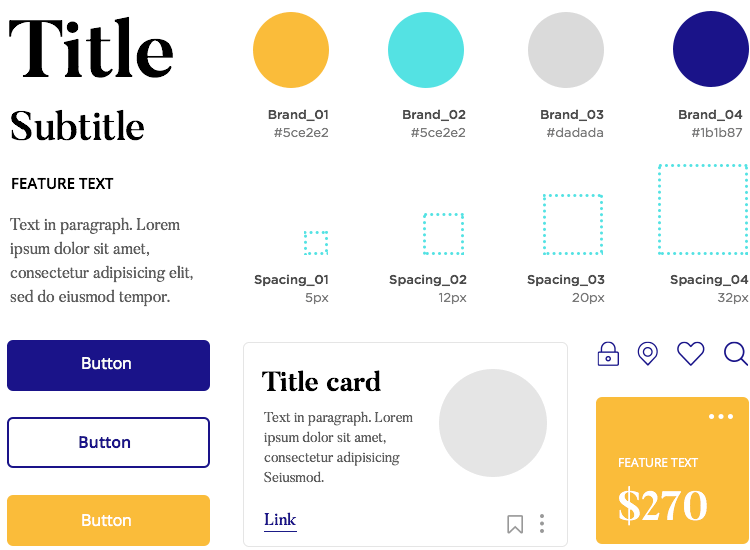
But how does this work? What kind of rules and principles go inside a design system? What kind of companies use them? How can you, too, implement an enterprise design system and never worry about design consistency again?
Running an enterprise is not easy, and ensuring that you have basic UX concepts integrated into the company is even more challenging. Fortunately, now you know a few tricks that will illuminate the path towards a brand new UX strategy, a functioning UX team and UX workflow. Now, you have all the pieces of the puzzle, and can put them all together to build on your enterprise UX. Remember: bad UX is bad for business!
